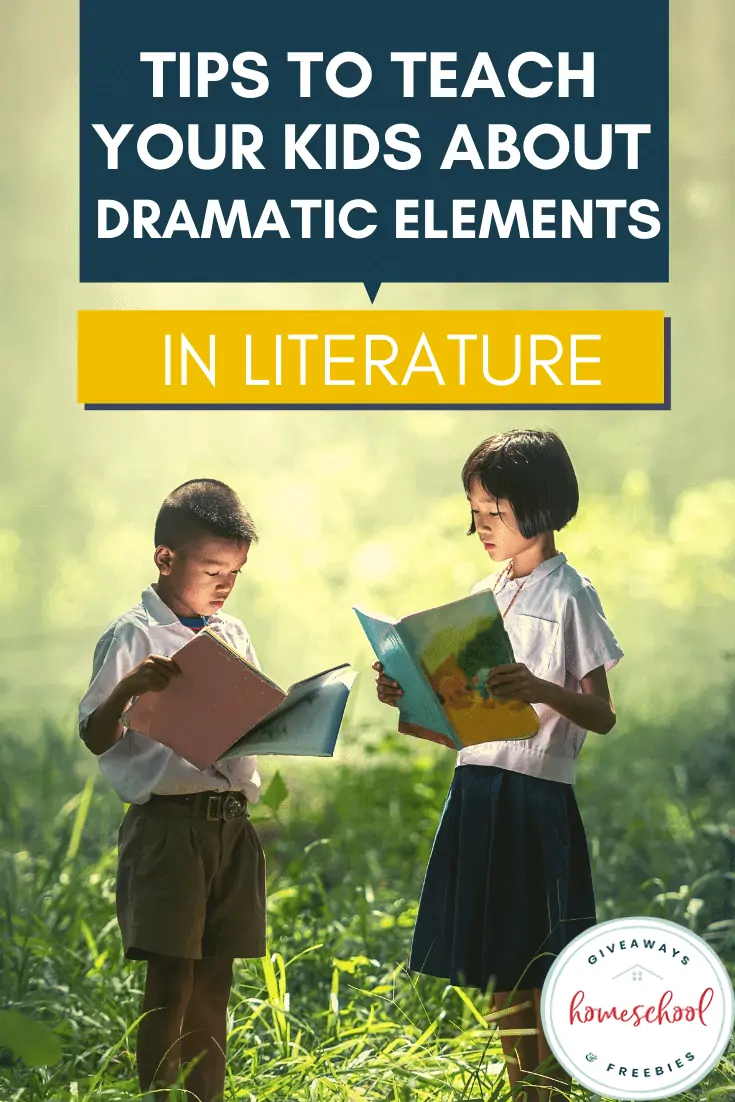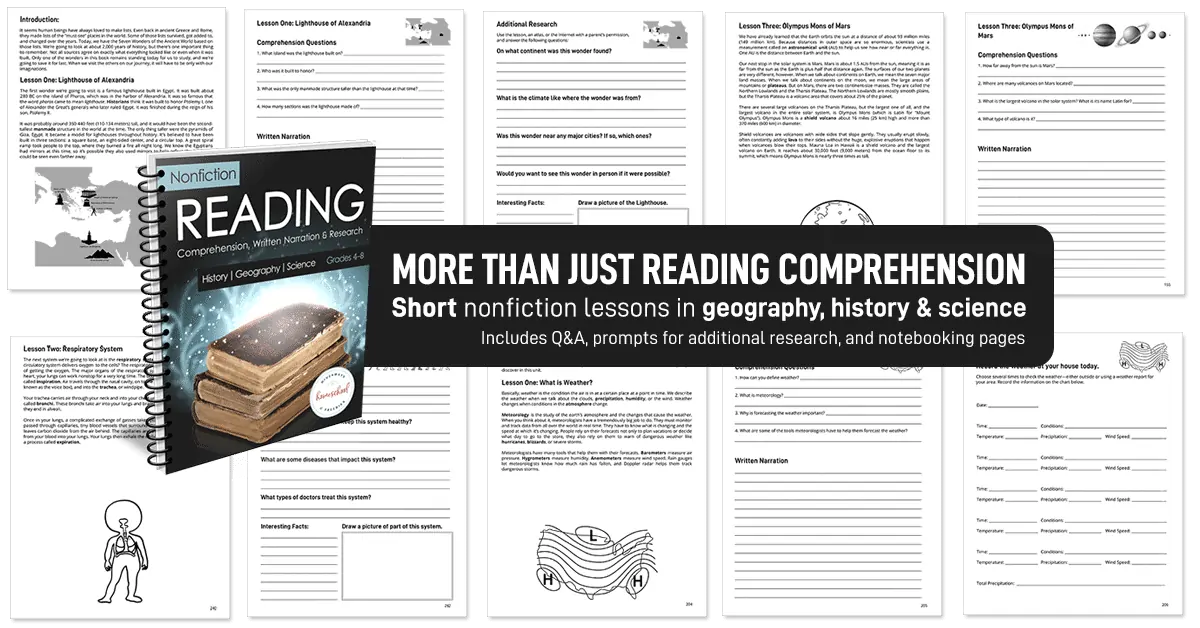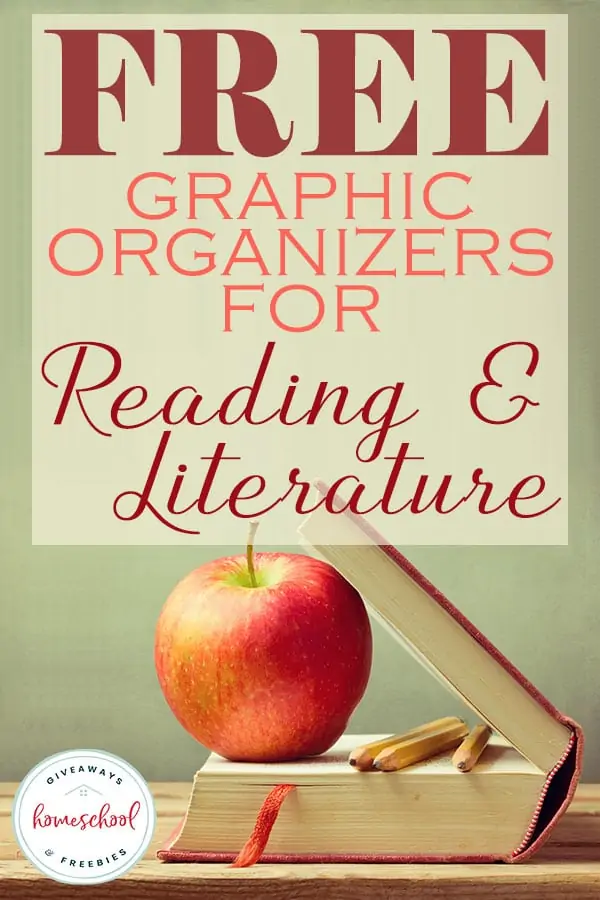Tips to Teach Your Kids About Dramatic Elements in Literature
Published:
August 3, 2020
Contributor:
Jeannette Tuionetoa
Disclosure: This post may contain affiliate links, meaning if you decide to make a purchase via my links, I may earn a commission at no additional cost to you. See my disclosure for more info.
Dramatic elements of literature are plainly the different parts that make up a story. These tips to teach your kids about dramatic elements in literature will help your student fully understand what they are reading.
I love literature and everything that makes it a way to take someone on a reading journey. The idea of someone using their brain, their God-given gift to create a picture that we all can see — with words, is honestly incredible to me.
As our students delve into the world of literature, they must learn about the parts that make up the work of art.
What are the dramatic elements of literature?
There are parts of a written body of work that students can put together for full comprehension. Each part contributes to the overall point, effect, and meaning of the story.
These essential elements of drama in literature include the plot of the story, the theme, the genre in which the story belongs, the characters, the setting, and the audience.
Plot – the basic story line of a literary piece.
P.L.O.T it Out FREE Printable | This Reading Mama
Plot Task Cards or Worksheets | Deb Hanson
Teaching Plot FREE Resource | Teaching in Room 6
Theme – the message that is expressed or intended to communicate from the story.
Teaching Theme FREE Printable | Jennifer Findley
11 Essential Tips for Teaching Theme in Language Arts | We Are Teachers
Genre – the type of literature the text is categorized as a tragedy, comedy, romance, mystery, or historical piece.
FREE Genre Posters | The Curriculum Corner
Genre Activities… FREE Printables | Crafting Connection
Characters – the people, animals, or objects that are the subject of the literary piece.
Complete Guide to Writing Great Characters | Literacy Ideas
FREE Character Trait Lists to Help Kids Describe Characters | Literacy Ideas
FREE Character Outline | Katrina Hord
Conflict – the challenge, problem, or issue that drives the events and actions of the story. Conflict can often be explored by examining the cause and effect of a character’s actions.
Types of Conflict FREE Worksheets | EReadingWorksheets
Cause & Effect Printables ~ FREEBIE!! | Teacher Karma
Cause and Effect With Alexander And The Terrible, Horrible, No Good, Very Bad Day | Around the Kampfire
Setting – the place, time, environment involved in the events of the story.
Story Setting Worksheets FREE! Video Talks | Creative ASL Teaching
Setting – FREE Graphic Organizer | Educating Everyone 4 Life
Audience – the group of people who the text is written for.
Helping kids find an audience for their writing | Writeshop.com
Are you looking for an easy-to-use nonfiction reading comprehension resource?
Our full-year reading comprehension resource includes geography, history, and science units your students in 4th-8th grade can use to go deeper in their studies, practice reading comprehension, and much more.
Explore these tips to teach your kids about dramatic elements in literature as they read:
Teach the definitions of dramatic elements, but in terms they get.
Many kids know these dramatic elements but don’t know they have already been thinking about them when reading.
For instance, ask them where the story is taking place. Then explain that is the setting. Ask them who they think the text is talking to that is the audience. When discussing what the main character is particularly struggling with, they can then understand the theme of the story.
Use anchor charts to outline the dramatic elements.
Using anchor charts allows students to grasp concrete details of the piece of literature. The charts help kids to understand the overarching message of the text. Check out this resource for various anchor charts to use in your homeschool.
Teaching Story Elements & A Wonder FREEBIE and More! | Teaching with a Mountain View
FREE Anchor Charts for Writing Workshop (bottom of page) | The Curriculum Corner
Scaffold the learning (basically start from the concrete elements to the concepts).
It is easier for kids to understand the concreteness of plot or characters then move to the elements that are more of a concept that something they can pinpoint.
For instance, genre and theme are concepts that kids may have more difficulty with. Teach these after the others as the other elements like plot, setting, and characters feed into the text’s theme and genre.
Use open ending questions.
Questioning your child for comprehension of the dramatic elements is essential. The questions should not be a yes or no, but items that provoke thought to gauge understanding.
For example, when talking with your kids about the setting, ask them context clues so that a student can conclude where the story takes place. Ask how setting can affect the story and even ask how the setting around them can affect them.
Asking open-ended questions about dramatic elements brings about understanding.
Provide opportunities for practice (Read, Read, Read.)
Expose your students to as much literature as possible. Some texts are harder than others at figuring out the dramatic elements. For instance, figuring out the setting for The Chronicles of Narnia is easier than figuring out The Giver’s setting.
Just like any other subject, practice makes perfect and provide opportunities for your child to practice what they have learned.
Create a “Pick a Card” activity.
Write some passages on a card that depicts or illustrates the dramatic element (i.e., plot, theme, characters, genre, audience). Your child can state which element the passage is.
Or write the elements on a card and have your students search for passages that illustrate that element.
Basically, create different activities to reinforce the dramatic elements alongside your lessons.
The resources below will help you students learn, practice, and review dramatic elements in literature.
The 7 Main Story Elements and Why They Matter
FREE Graphic Organizers for Reading and Literature
Elements of Drama Video | Mrs. Alicea
Script Analysis- Dramatic Elements | The World is Your Stage
Story Elements Parts of A Story: Free Paper Fortune Teller | Presto Plans
Story Elements FREE Graphic Organizer | Caitlin H
Drama Card Bundle | The Teaching Rabbit
FREE Drama Games and Activities for Primary / Elementary | Drama Trunk
FREEBIE: Story Elements Note Page! | Caffeinated Conclusions
Dramatic elements FREE Digital Flash Cards | Quizlet
Literary Elements Resources | The Creative Apple
Response Pages for Literature | The Thinker Builder
The Elements of Literature FREE Printable | UGC NET/SET/SLET English Literature
Rainbow Fish Freebie – Writing & Story Elements Worksheets | Leticia Gallegos
Being aware of dramatic literature elements introduces your students to a new level of comprehension and appreciation of the literature they read.
Once they are familiar with these elements, the components of the literature are highlighted in their minds. They pay attention to where the story takes place, what genre of text they are reading, who the characters are, the theme, plot, and conflict in the literature.
In addition to their reading comprehension, kids also can carry these components over to their writing process. The dramatic elements in literature help shape and organize their very own stories.





